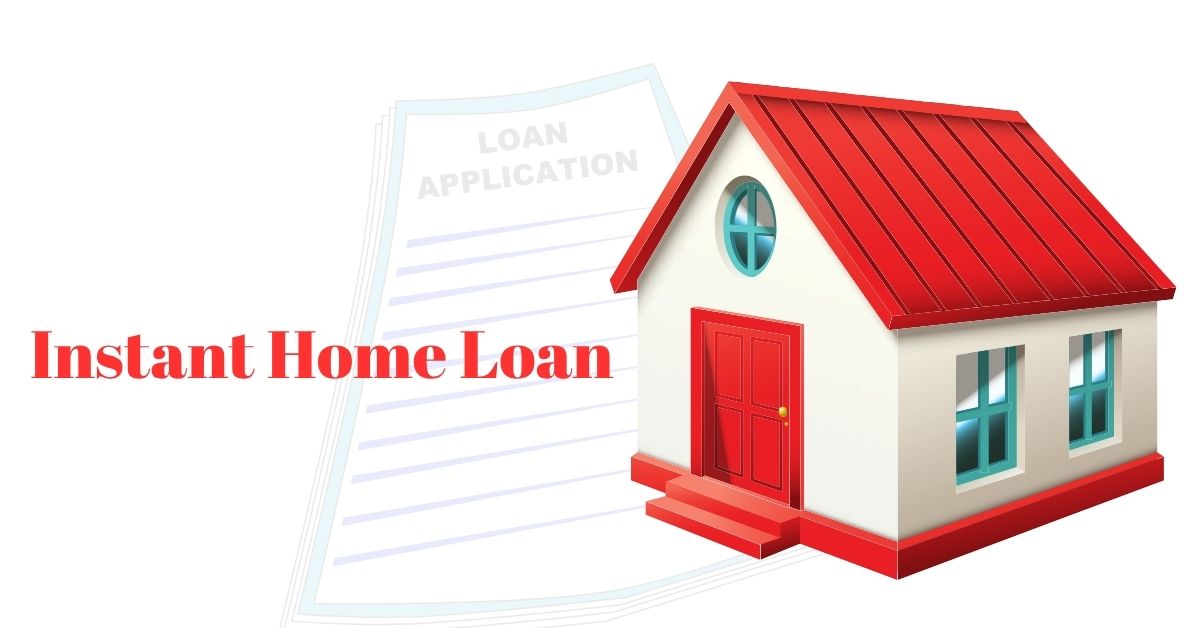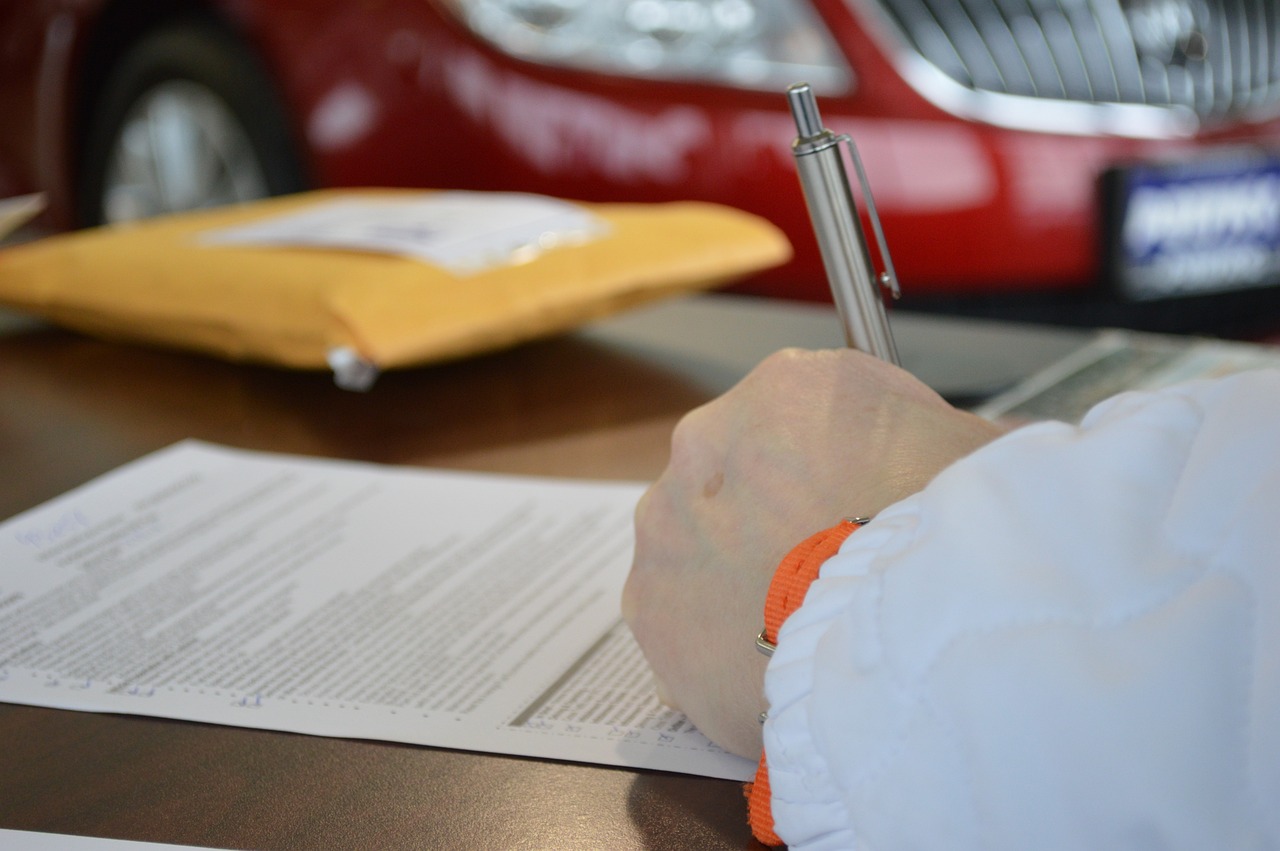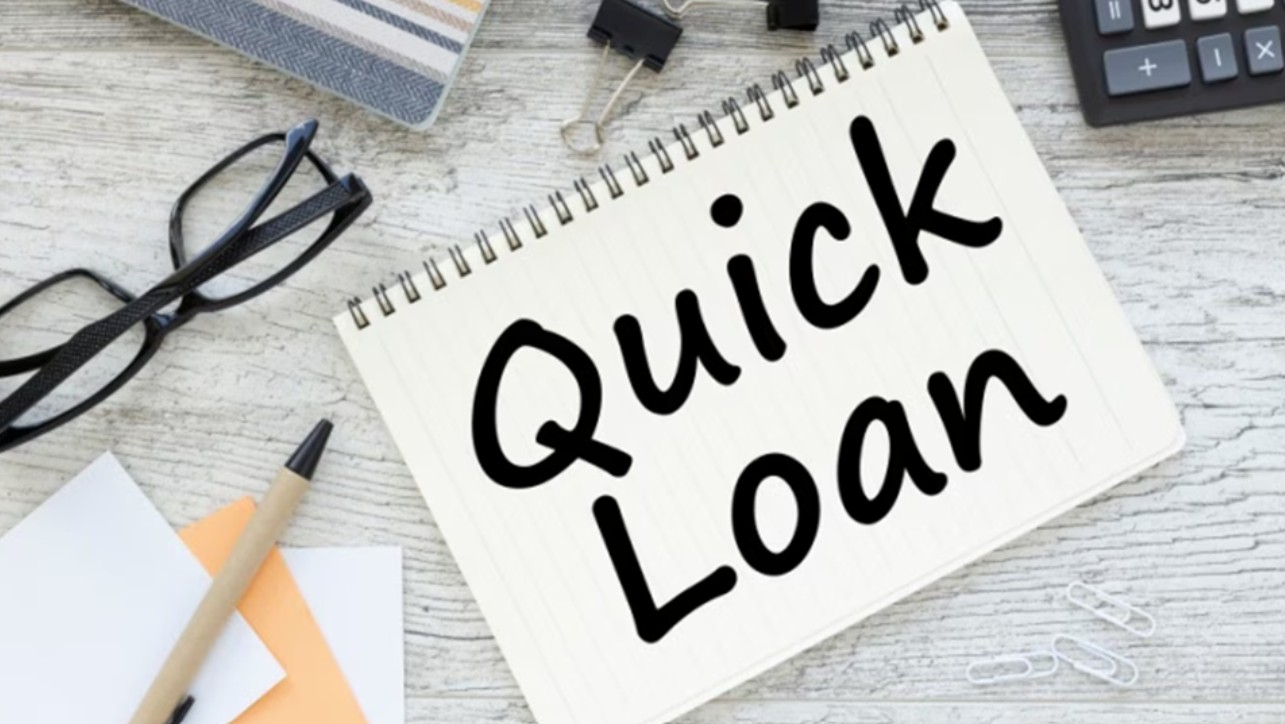How to Apply for a Home Loan Without a Huge Down Payment

Strong 8k brings an ultra-HD IPTV experience to your living room and your pocket.
Buying a home is one of the most exciting milestones in life, but the thought of coming up with a hefty down payment can be overwhelming. Traditionally, a 20% down payment has been the gold standard for securing a home loan, but in today’s market, there are options that allow you to get into your dream home without breaking the bank.
If you're wondering how to apply for home loan without a huge down payment, you’re not alone. Here’s how to do it and still secure the financing you need to buy a home.
1. Understand the Importance of the Down Payment
The down payment is the amount of money you pay upfront towards the cost of the home. Lenders often require a down payment to ensure that the borrower is financially invested in the property and to reduce the lender’s risk.
A large down payment can help you secure a lower interest rate and avoid private mortgage insurance (PMI). However, not all buyers can afford the standard 20% down payment, which can make the idea of homeownership seem out of reach. The good news? There are plenty of programs that allow you to secure financing with as little as 3% to 5% down—or even none at all in some cases.
2. Look Into Low-Down-Payment Loan Options
If you don’t have 20% to put down, you’re not automatically disqualified from getting a mortgage. There are several low-down-payment loan options that you should consider:
FHA Loans
Federal Housing Administration (FHA) loans are a popular choice for first-time homebuyers and those with less-than-perfect credit. With FHA loans, you can put down as little as 3.5% of the home’s purchase price, making them ideal for those who don’t have substantial savings. FHA loans also tend to have more flexible credit score requirements, which is great if you’re still working on improving your credit.
VA Loans
If you’re a military service member, veteran, or active-duty spouse, you may qualify for a VA loan, which requires no down payment. VA loans also come with competitive interest rates and don’t require PMI. These loans are an excellent option for those who have served in the armed forces.
USDA Loans
For those buying in rural or suburban areas, USDA loans offer 100% financing with no down payment required. These loans are backed by the U.S. Department of Agriculture and come with additional benefits, like lower mortgage insurance costs. However, USDA loans have income and location restrictions, so be sure to check if your desired property qualifies.
Conventional Loans with a Low Down Payment
Fannie Mae and Freddie Mac offer conventional loans that can require as little as 3% down. These loans are backed by the federal government but don’t have the same requirements as FHA loans. To qualify, you'll generally need a good credit score and a stable income. Conventional loans with low down payments are becoming increasingly popular, especially for first-time buyers.
3. Explore First-Time Homebuyer Programs
If you’re buying a home for the first time, take advantage of local or state-sponsored first-time homebuyer programs. Many states, counties, and even cities offer down payment assistance programs to help homebuyers cover the cost of their down payments and closing costs. These programs often offer grants, loans, or tax credits that can reduce the financial burden of buying a home.
For example, the Home Ready and Home Possible programs from Fannie Mae and Freddie Mac allow first-time homebuyers to purchase with as little as 3% down. These programs are designed to help buyers who meet certain income limits or have smaller savings but still want to become homeowners.
4. Consider a Co-Borrower or Guarantor
If you have family members or close friends who are willing to help, you may be able to apply for a home loan with a co-borrower or guarantor. A co-borrower is someone who will also be responsible for repaying the mortgage, which can increase your chances of qualifying for a loan with a lower down payment.
A guarantor, on the other hand, is someone who agrees to pay the loan if you default but is not directly responsible for the mortgage payments. By including a co-borrower or guarantor with a strong financial profile, you may be able to qualify for a larger loan or receive a better interest rate, even if you don’t have a substantial down payment.
5. Consider a Gifted Down Payment
Many lenders allow you to use a gifted down payment from a family member or close friend. This is a common practice among first-time buyers who may not have enough saved for the down payment themselves.
While there are rules regarding who can give you a gift (usually only close relatives or friends), this can be a great way to cover the down payment without dipping into your own savings.
To use a gifted down payment, the donor will typically need to provide a gift letter confirming that the funds are indeed a gift and not a loan. This ensures that the money doesn’t need to be repaid and that it’s not impacting your debt-to-income ratio.
6. Negotiate the Closing Costs
While the down payment is a big hurdle, closing costs can also add up quickly—usually between 2% and 5% of the home’s purchase price. However, some buyers choose to negotiate with the seller to cover part of these closing costs.
This is often referred to as seller concessions, where the seller agrees to pay a portion of the closing costs in exchange for a higher sale price. This can free up more of your cash for the down payment, allowing you to apply for a home loan without having to save for both the down payment and the closing costs.
7. Improve Your Financial Profile
Even if you don’t have a large down payment saved up, a strong financial profile can help you secure a mortgage with a smaller down payment. Lenders look at several factors beyond your down payment, including your credit score, income, and debt-to-income ratio.
By improving your credit score and paying down any existing debt, you may qualify for better loan terms and reduce the amount you need for a down payment. If you're in the process of saving for a home, consider delaying your purchase by a few months to improve your financial standing.
Conclusion
While a large down payment may be the traditional route to homeownership, it's by no means the only option. From government-backed loans to down payment assistance programs and even co-borrowers, there are plenty of ways to secure a home loan without breaking the bank.
The key is to explore all of your options and understand the requirements of each loan program. With a little research and careful planning, you can move into your new home with a manageable down payment and a bright financial future.
Note: IndiBlogHub features both user-submitted and editorial content. We do not verify third-party contributions. Read our Disclaimer and Privacy Policyfor details.







